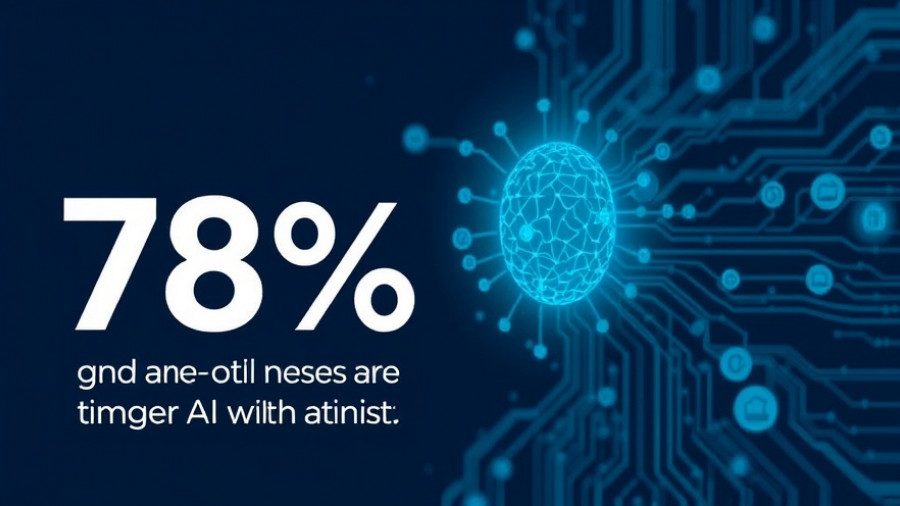
What are Webhooks and Why Do They Matter?
In our increasingly interconnected world, webhooks serve as a vital communication tool between applications, enabling them to exchange data in real-time. Unlike traditional APIs that require regular polling for updates, webhooks allow one application to send data automatically to another as soon as an event occurs. This asynchronous communication keeps systems synced and enhances user experience across platforms, making it especially valuable for marketing professionals who rely on prompt data transfer to optimize campaigns.
Understanding the Impact of Sanctions on Tech Services
As global politics continue to evolve, recent expansions in U.S. sanctions have significant implications for tech services like Zapier. Starting September 12, 2024, U.S. companies will face restrictions from providing services to sanctioned countries such as Russia, Belarus, Iran, and others. This shift underlines the importance of compliance in the tech sector and raises questions about how businesses can effectively continue to operate across borders while respecting legal boundaries. Marketing professionals must stay informed about these changes, as they can drastically impact data connectivity and workflow efficiency in international markets.
Practical Insights for Marketing Professionals
For marketers, understanding webhooks is not just about tech but leveraging this knowledge to refine strategies. Webhooks play a critical role in automating tasks, triggering follow-up emails, or updating customer databases in response to user actions. By implementing webhooks, marketers can streamline their workflows, enhance customer engagements, and ultimately boost conversion rates.
Future-Proofing Your Marketing Strategies
With sanctions dictating the operational landscape for many tech services, marketing professionals must anticipate changes and adapt accordingly. Investing in versatile tools that offer flexibility in managing operations across different regions can provide a safeguard against disruptions. Additionally, businesses should consider how to diversify their tech stack, utilizing services that comply with international regulations while ensuring seamless communication through webhooks.
The Importance of Staying Informed in a Changing Landscape
As businesses grapple with evolving global regulatory environments, staying informed is paramount. Marketing professionals should establish channels for continuous education on the implications of these changes, not only in terms of compliance but also in how they impact data workflows. Engaging with webinars, industry reports, and community discussions can offer valuable insights and foster an adaptive mindset.
As web technology becomes increasingly pivotal in marketing strategies, understanding and leveraging webhooks is essential for ensuring efficient and responsive communication. Stay ahead of these changes by exploring new tools and strategies to maintain connectivity, particularly as we navigate through shifting regulatory landscapes.
 Add Row
Add Row  Add
Add 




Write A Comment